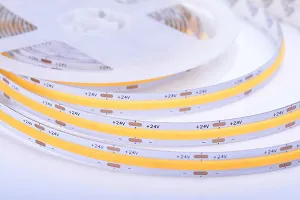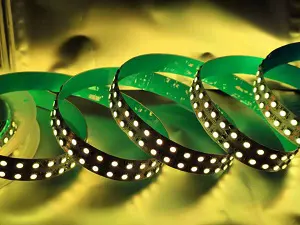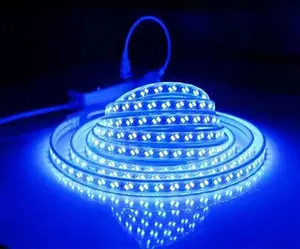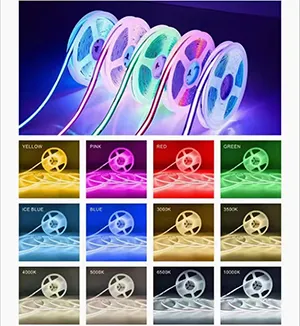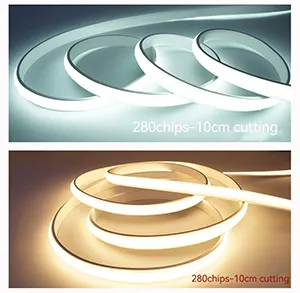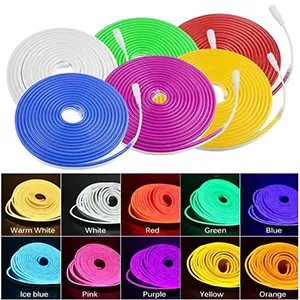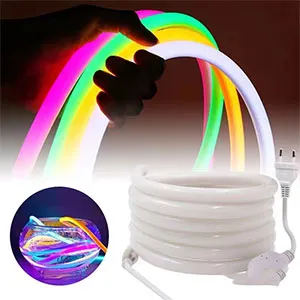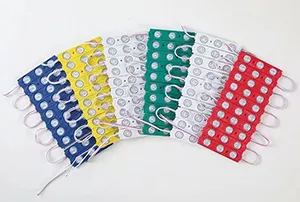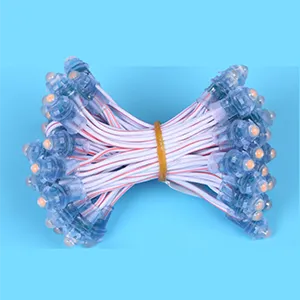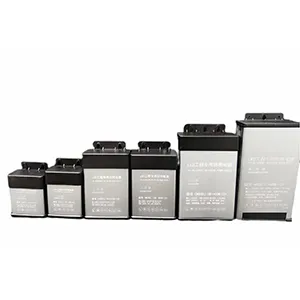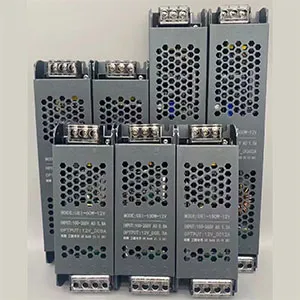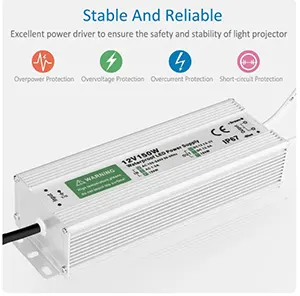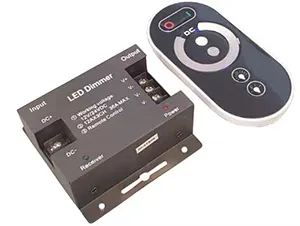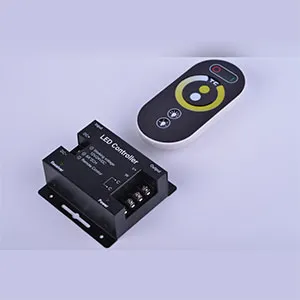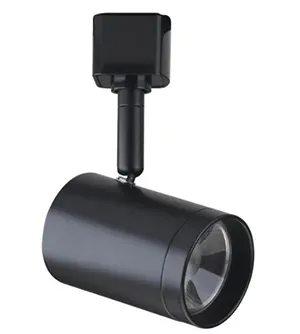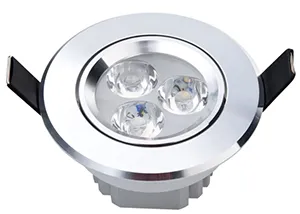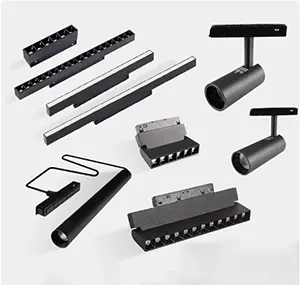What Are the Latest Trends in LED Power Supply Design?
Exploring Current Innovations in LED Power Supply Design
The realm of LED power supply design is undergoing significant transformations, driven by advances in technology and increasing demand for energy efficiency and connectivity. As we move further into the decade, several key trends are shaping this industry, making LED systems not only more versatile but also more adaptable to the needs of modern applications.
Increased Efficiency and Lower Heat Generation
Manufacturers are constantly pushing the envelope to achieve higher efficiency ratings for LED power supplies. Today, top-tier models boast efficiency rates of 90% or higher, compared to around 85% just a few years ago. This leap in efficiency translates into lower heat production, which is crucial because excess heat can degrade LED performance over time. This improvement not only boosts the energy conservation but also enhances the longevity of LED systems, making them more suitable for a wide range of environments.
Compact, Lightweight Designs
As technology progresses, the components used in LED power supplies are becoming smaller, yet more powerful. This miniaturization allows for the creation of more compact and lightweight designs, which are particularly advantageous for integrated lighting solutions and applications where space is at a premium. For instance, the latest designs are up to 30% smaller than their predecessors from a decade ago, offering easier installation and greater flexibility in placement.
Smart Features and Connectivity
Integration with smart technology is one of the most compelling trends in LED power supply design. Modern units often feature built-in smart functions such as programmability, remote monitoring, and control via smartphone apps or voice assistants. These features not only enhance user convenience but also allow for more precise control of lighting levels, which can lead to further energy savings and personalized lighting environments.
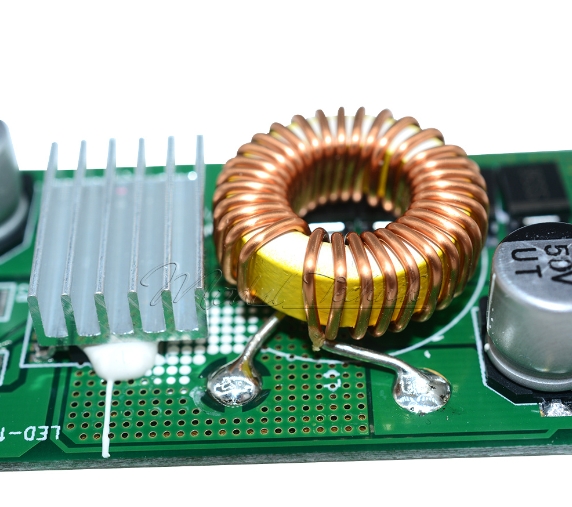
Advanced Thermal Management
Innovative thermal management technologies are becoming standard in new LED power supplies. These advancements include better heat sinks, thermally conductive materials, and designs that promote air circulation. Effective thermal management ensures that the power supplies operate within optimal temperature ranges, thereby preserving efficiency and preventing premature failure.
Emphasis on Durability and Reliability
Today’s LED power supplies are built to withstand tougher conditions, including higher levels of moisture, dust, and varying temperatures. This robustness is critical for applications ranging from industrial environments to outdoor lighting systems. Enhanced protective measures, such as waterproof casings and corrosion-resistant coatings, are now more common and provide an added layer of security against environmental challenges.
Focus on Regulatory Compliance
With a growing emphasis on environmental sustainability, regulatory compliance has become a pivotal aspect of LED power supply design. Modern units are not only required to meet strict energy efficiency standards but also to comply with international safety and environmental regulations. Compliance with standards such as RoHS, REACH, and Energy Star ensures that these power supplies minimize ecological impact while providing optimum performance.
When choosing an LED power supply, it’s crucial to consider these trends and how they align with specific needs. Whether for commercial, industrial, or residential use, the right power supply can dramatically enhance the efficiency and functionality of an LED lighting system.
By staying informed about these advancements, users can make knowledgeable decisions that optimize both performance and sustainability, ensuring that their lighting solutions remain cutting-edge in a rapidly evolving market.





